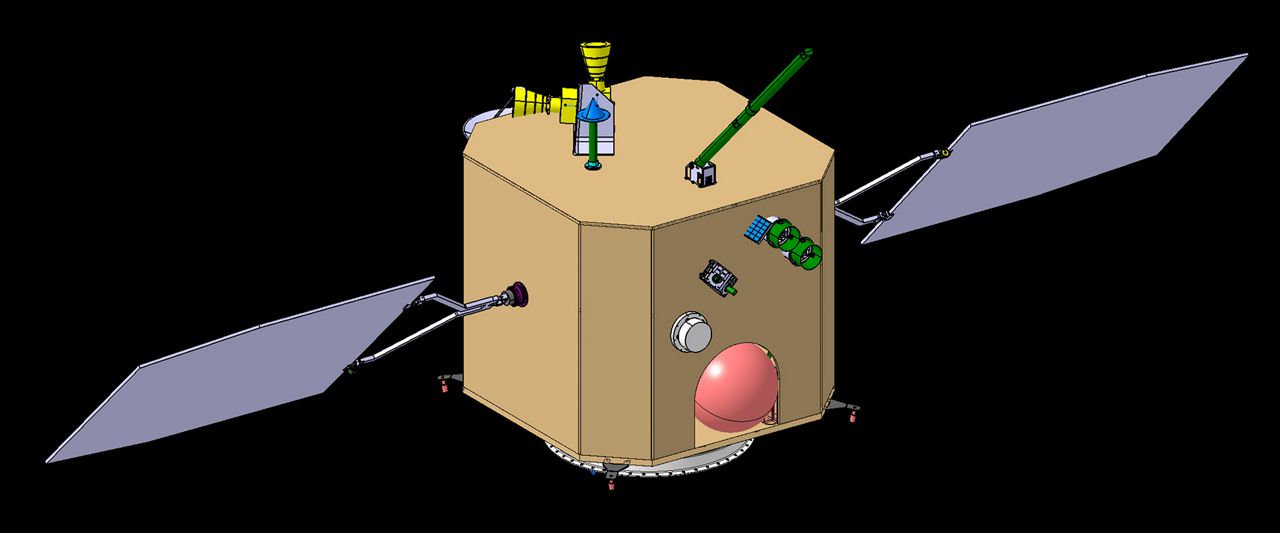CAPE CANAVERAL, Fla. — SpaceX has launched South Korea’s first lunar orbiter, which is the second liftoff the Space Coast has seen in one day since five decades ago.
What You Need To Know
- The KPLO is South Korea’s first moon mission
- One of the tasks for the mission is searching for possible future lunar landing sites
- RELATED coverage:
- Scroll down to watch the launch
LIFTOFF! @SpaceX #KPLO @MyNews13 #News13Brevard @SLDelta45 @BrevardEOC @Jon_Shaban pic.twitter.com/KTFc7Dqbfm
— Greg Pallone (@gpallone13) August 4, 2022
SpaceX’s Falcon 9 rocket sent the Korean Pathfinder Lunar Orbiter (KPLO) off from Space Launch Complex 40 at Cape Canaveral Space Force Station on Thursday night.
The launch window opened at 7:08 p.m. EDT.
On Thursday, the 45th Weather Squadron gave an 80% chance of favorable launch weather.
The Falcon 9’s first-stage booster — named B1052 and has been used for such missions as CSG-2, COSMIC-2 and two Starlink launches —landed on the droneship “Just Read the Instructions”, which is stationed in the Atlantic Ocean.
The SpaceX launch was the second one for the Space Coast in one day, which is a first for the coast in decades. Earlier on Thursday, ULA’s Atlas V rocket launched the SBIRS GEO 6 mission.
The last time the Space Coast saw a double launch in one day was back on March 16, 1966.
The Atlas Agena target vehicle for the Gemini VIII mission took off from Launch Pad 14 at Cape Kennedy at 10 a.m. One hour and 41 minutes later, astronauts Neil Armstrong and David Scott launched atop a Titan II rocket for Gemini VIII from Launch Pad 19, stated NASA.

About the mission
The KPLO is South Korea’s first moon mission developed and managed by Korea Aerospace Research Institute, and it will be a joint mission with NASA.
The cube-shaped orbiter, named Danuri, will circle the Moon for about one year. During that time, it will carry out six experiments: five from KPLO and Korean universities and research institutes and one from NASA, stated the South Korean space agency and NASA.
The experiments are:
- Measuring gamma rays coming from the lunar surface.
- Space internet: Demonstrating the Disruption Tolerant Network, or “space internet.”
- Measuring the local lunar magnetic field.
- Lunar Terrain Imager: A high-resolution camera that will take pictures from orbit of possible landing sites for future lunar exploration missions.
- Wide-Angle Polarimetric Camera: This experiment will study the moon’s surface composition, except for the polar regions, and volcanic deposits.
- ShadowCam: This NASA-funded experiment uses an ultrasensitive camera designed to take pictures of the moon’s permanently shadowed areas to study the terrain and look for evidence of frost and ice deposits.
The nearly 1,495-pound orbiter will arrive at the moon and establish an orbit by mid-December of 2022, stated NASA.



